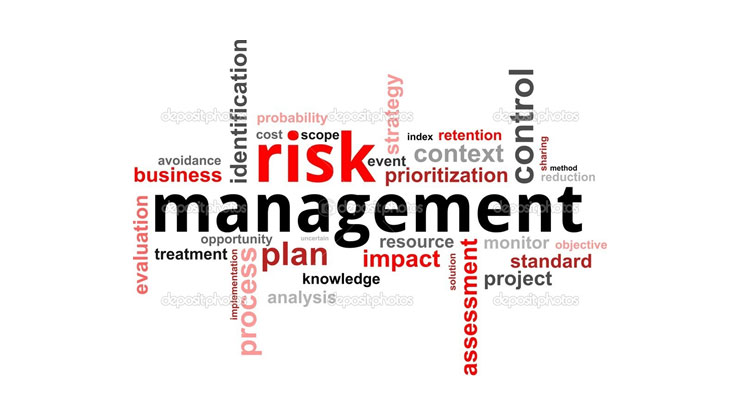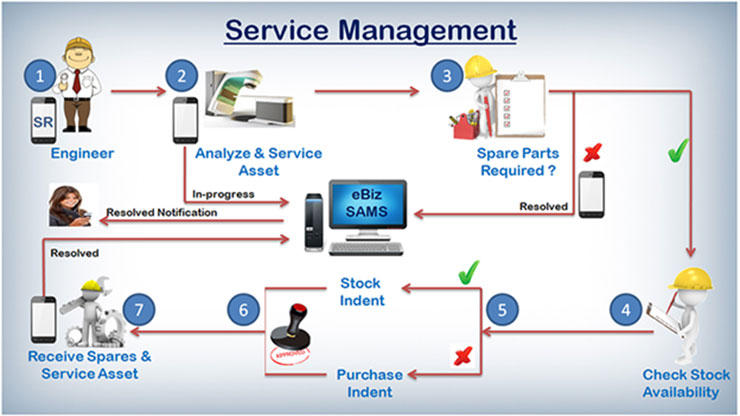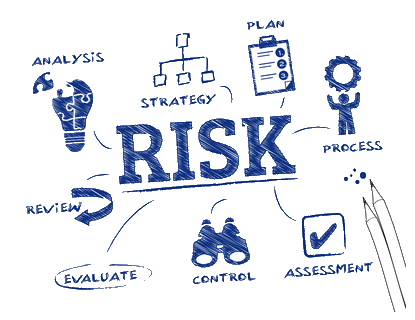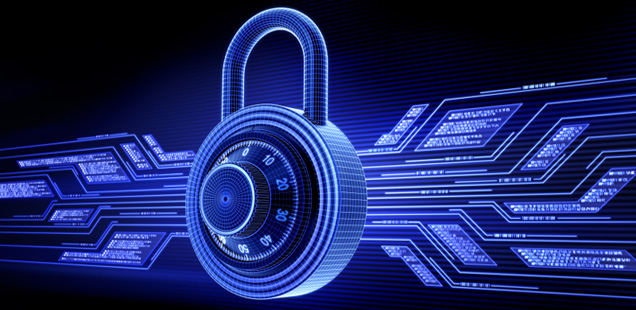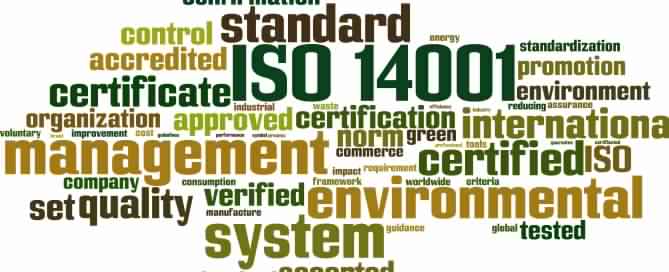ISO 50001:2011 specifies requirements for establishing, implementing, maintaining and improving an energy management system, whose purpose is to enable an organization to follow a systematic approach in achieving continual improvement of energy performance, including energy efficiency, energy use and consumption.
ISO 50001:2011 specifies requirements applicable to energy use and consumption, including measurement, documentation and reporting, design and procurement practices for equipment, systems, processes and personnel that contribute to energy performance.
ISO 50001:2011 applies to all variables affecting energy performance that can be monitored and influenced by the organization. ISO 50001:2011 does not prescribe specific performance criteria with respect to energy.
ISO 50001:2011 has been designed to be used independently, but it can be aligned or integrated with other management systems.
ISO 50001:2011 is applicable to any organization wishing to ensure that it conforms to its stated energy policy and wishing to demonstrate this to others, such conformity being confirmed either by means of self-evaluation and self-declaration of conformity, or by certification of the energy management system by an external organization.
The main objective of the ISO 50001:2011 standard is to improve energy-related performance and energy efficiency continuously and to identify energy reduction opportunities. This systematic approach will help organizations to establish systems and processes.

Consistent energy management helps organizations to realize untapped energy efficiency potential. They will benefit from cost savings and make a significant contribution to environmental and climate protection, for example by the permanent reduction of CO2 emissions. The ISO 50001:2011 standard should alert employees and in particular the management level to the immediate and long-term energy management gains that can be made. The organization can discover potential savings and competitive advantages. Furthermore, a huge image boost for the organization can be created.
Organizations of all types and sizes increasingly want to reduce the amount of energy they consume. This is driven by the need or desire to:
- Reduce costs,
- Reduce the impact of rising costs,
- Meet legislative or self-imposed carbon targets,
- Reduce reliance on fossil fuels, and
- Enhance the entity’s reputation as a socially responsible organization.
In response, a range of energy management standards, specifications and regulations were developed in Australia, China, Denmark, France, Germany, Ireland, Japan, Republic of Korea, Netherlands, Singapore, Sweden, Taiwan, Thailand, New Zealand and the USA.
The structure of ISO 50001:2011 is designed according to other ISO management system standards, in particular ISO 9001 (Quality Management Systems) and ISO 14001 (Environmental Management Systems). Since all three management systems are based on the PDCA cycle, ISO 50001:2011 can be integrated easily to these systems.
There are seven major components to ISO 50001:2011:
- General Requirements:
- Management Responsibility
- Energy Policy
- Energy Action Plan
- Implementation and Operation
- Performance Audits
- Management Review
Contact Us Today or send an Enquiry for your ISO 50001:2011 requirements.


